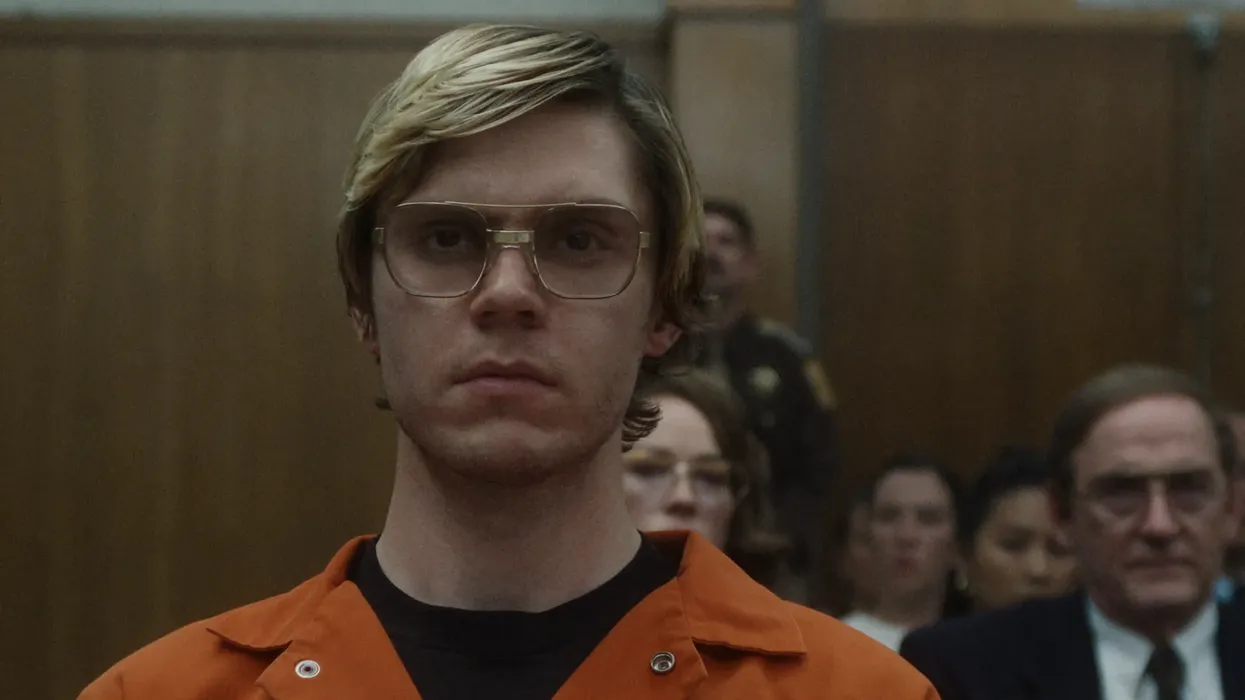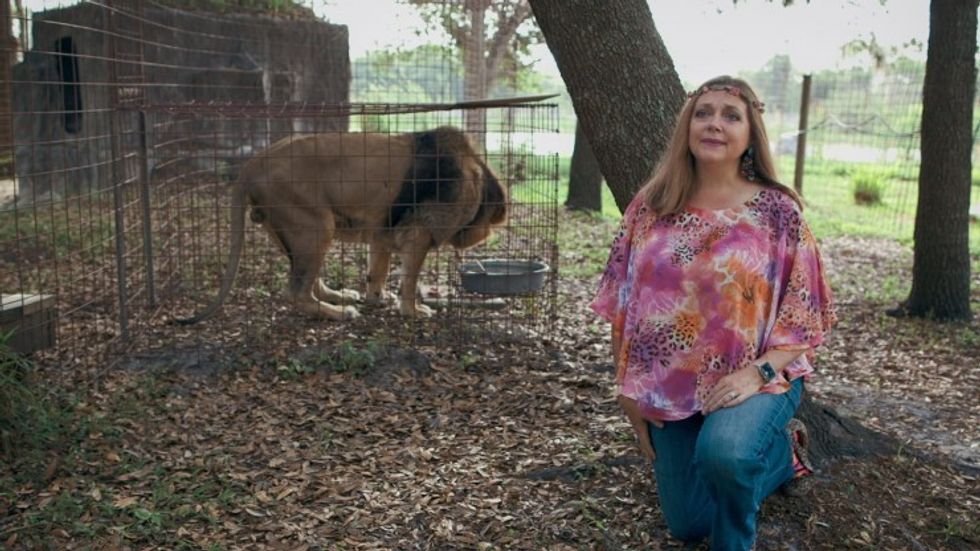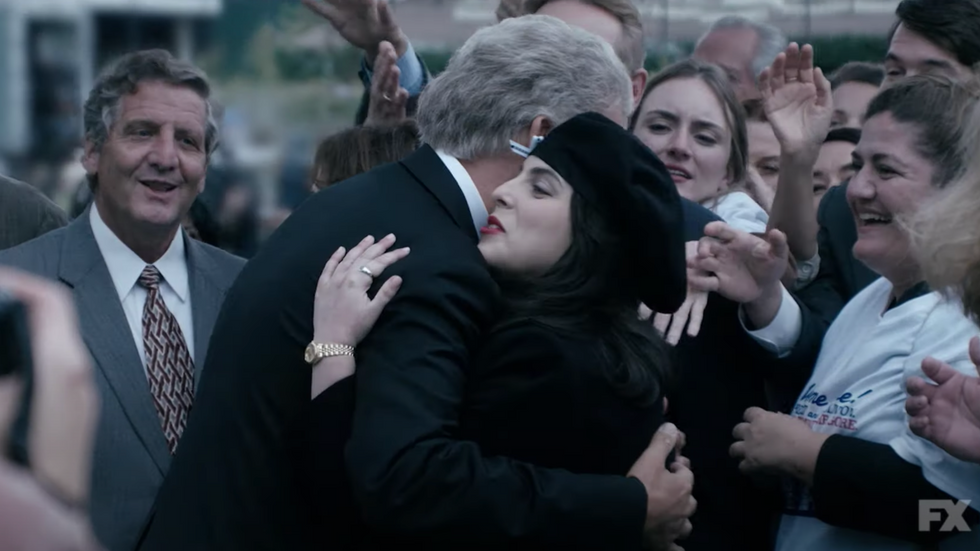Imaginative Short Film 'Waste' Brings Our Inner Monsters to Life
The production teams over at Studioset and WAO bring us Waste, a short film that is half Soviet montage and half pop-up book. Its approach to cinematography is a dreamlike reality, but that description doesn't seem to suffice when describing the juxtaposition of dull and vibrant, dead and alive, and active and inactive. Director Anton Groves and his crew light up the dreary world of their protagonist's life with colorful "monsters", representing his wastefulness, that unfold like a pop-up book to reveal the monsters within.
The film follows Dan, played by Mihai Stanescu, a wasteful and absent-minded fellow, as he goes about his daily routine: going to the bathroom, getting dressed, eating breakfast, and going to work. Yet, every thing he does is somehow wasteful, and because of this out pop the "monsters." A woman's voice narrates throughout the entire duration and adds insight as to what these florid creatures are. Eventually, Dan meets and falls in love with a woman, played by Ana Ularu, whom we find out is the narrator, and -- well, take a look for yourself:
WAO is a collective of directors based in Bucharest, Romania and London. It's made up of Anton Groves, Damian Groves, and Richard Hardy, who are the in-house directors for the production studio Studioset, which is also based in Bucharest.
The filmmakers do something incredible with this film, which is something that I tend to gravitate toward in films I watch over and over again: the symbiotic relationship between realism and fantasy -- of a realistic story and fantastical imagery (Eternal Sunshine of the Spotless Mind, The Science of Sleep, Amélie, Willy Wonka and the Chocolate Factory). Dan doesn't do anything incredible or interesting. In fact, he doesn't do much at all, other than get ready, go to work, and spill some coffee on the floor. Films that don't draw a whole lot of attention to plot -- antiplot, miniplot, or some variant of them (think Suburbia or Empire Records) -- are particularly interesting to me, because they tend to use all of that energy toward other things: character development, cinematography, and, like in the case of Waster, creating hidden "monsters" that represent wastefulness.
The other thing that was striking to me was the montage, which seemed to be taken right out of Eisenstein's playbook (if he had one -- he doesn't). We learn a lot about Dan from the editing alone: the shot of him getting out of bed looking completely haggard to the shot of him drunk at a club, the shot of him peeing into his toilet to the shot of him drinking water from the faucet -- figuratively pissing precious resources (like water) away.
He's a young man with all the traits of a "modern waster", and Groves manages to get his point across about society's bad habit of wasting resources without being overbearing. It's light and playful, yet beautifully poignantly -- especially in the final shot of the woman going into her boudoir. Now that's a shot I can watch again and again.
What do you think about Waste? Do you want to make your own monsters? Follow the link to Studioset's website to download PDFs of the monsters to print out and assemble yourself! (Don't worry -- there are videos tutorials to show you how to do each one.)
Links:














